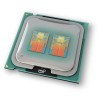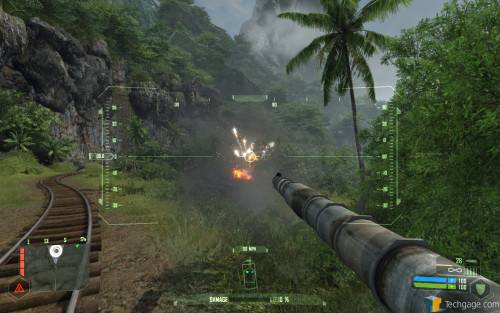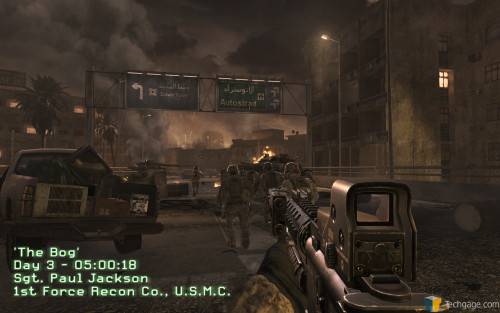- Qualcomm Launches Snapdragon 4 Gen 2 Mobile Platform
- AMD Launches Ryzen PRO 7000 Series Mobile & Desktop Platform
- Intel Launches Sleek Single-Slot Arc Pro A60 Workstation Graphics Card
- NVIDIA Announces Latest Ada Lovelace Additions: GeForce RTX 4060 Ti & RTX 4060
- Maxon Redshift With AMD Radeon GPU Rendering Support Now Available
Intel Core 2 Quad Q9450 2.66GHz

The wait for an affordable 45nm Quad-Core is now over, and the Q9450 promises to become the ultimate choice of the new offerings. It’s not much slower than the QX9650, offers 12MB of cache and as expected, has some fantastic overclocking ability. How does 3.44GHz stable sound?
Page 9 – Gaming: Crysis, Call of Duty 4
Each graph for our benchmarking results are labeled with the resolution that the game was played at, while omitting secondary settings such as Anti-Aliasing, Anisotropic Filtering, texture quality, et cetera. To view all specific settings that we used, please refer to our testing methodology page, where we have screenshots for each game.
Crysis
It’s not often that a game comes along that truly pushes our hardware to the utmost limit. Crysis is one of those few games, and that will be the case for at least the next year. Don’t believe me? Boot up your top-end machine, max out your resolution and set the graphics to “Very High”. I guarantee tears will be shed within a few seconds of loading a level.
The level we chose here is Onslaught, also known as level five. We begin out in a tunnel, but what’s important is that we are in control of a tank. What could be more fun? Our run through consists of leaving the tunnel and hitting the other side of the battlefield, killing six or seven enemy tanks along the way.
It goes without saying that any level in Crysis would make for a great benchmark, but this one in particular is gorgeous. Using the “Medium” settings, the game looks spectacular and is playable on all of our graphic cards, so we stick with it. Throughout the level, there is much foliage and trees and also large view-distances. Explosions from the tanks is also a visual treat, making this one level I don’t mind playing over and over, and over.
Settings: Due to the intensiveness of the game, no AA is used at any resolution, and the secondary settings are all left to Medium.


In our past CPU reviews, I had chosen what I thought was a great level to benchmark with (the opening level), but after taking all of the CPUs through our new favorite level, I now realize that the first level in the game is a bad choice. Onslaught showcases huge draw distances and much more action on the screen, so here we can actually see slight benefits with faster processors.
Not only is there improvement with a higher frequency, but also with added cores. The differences aren’t too stark, but there are differences nonetheless. But as the graphs prove, better CPUs make the most difference at lower resolutions, which 1680×1050 definitely is. Moving to the ultra-high-definition resolution of 2560×1600 proves that it doesn’t matter what CPU you use.
Call of Duty 4
While Crysis has the ability to bring any system to its knees with reasonable graphic settings, Call of Duty 4 is a title that looks great no matter what setting you choose, even if you have it running well! It’s also one of the few games on the market that will benefit from having more than one core in your machine, as well.
The level chosen here is The Bog, for the simple fact that it’s incredibly intensive on the system. Though it takes place at night, there is more gunfire, explosions and specular lighting than you can shake an assault rifle at.
Our run consists of proceeding through the level to a point where we are about to leave a building we entered a minute before, after killing off a slew of enemies. The entire run-through takes about four minutes on average.
Settings: High details are used overall throughout all tests, although 4x AA is used for our 1920×1200 setting. That AA is removed in our 2560×1600. As we can see in the graphs below, both of those settings are quite similar in performance.


Though variations are seen here at 1680×1050, CPU differences begin to mean less going upwards. At that point, it becomes far more GPU-bound than CPU-bound, which is quite interesting all in itself.
Support our efforts! With ad revenue at an all-time low for written websites, we're relying more than ever on reader support to help us continue putting so much effort into this type of content. You can support us by becoming a Patron, or by using our Amazon shopping affiliate links listed through our articles. Thanks for your support!







